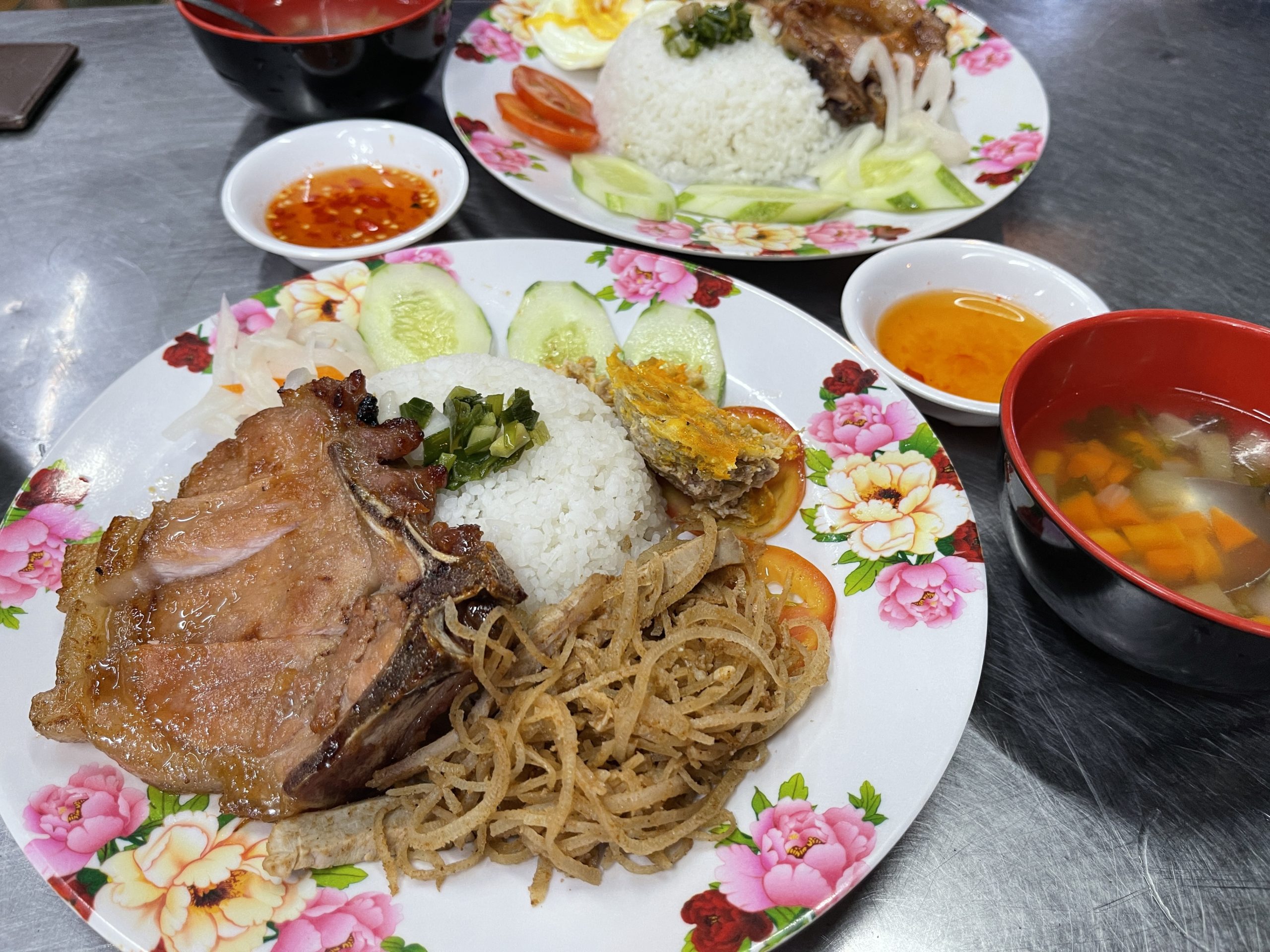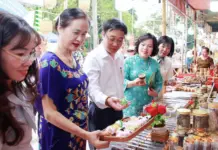In the article titled “A foreigner’s thoughts on how much it costs to be a tourist in Vietnam,” Liam Langan emphasizes that there is no one-size-fits-all approach when it comes to spending money as a tourist in Vietnam. The choice of where to eat plays a significant role in determining the total expenses.
Langan specifically compares a fine dining experience that costs $300 to a street dish that only costs $5 and can feed two people.
Many other foreigners in Vietnam agree with Langan’s observation.
“One great thing about Saigon is that you can have a decent time with just $5 or $6 a day. However, if you’re willing to spend more, you can eat like a king with $50 or $100,” said Leigh Doughty, a foreigner residing in Vietnam.
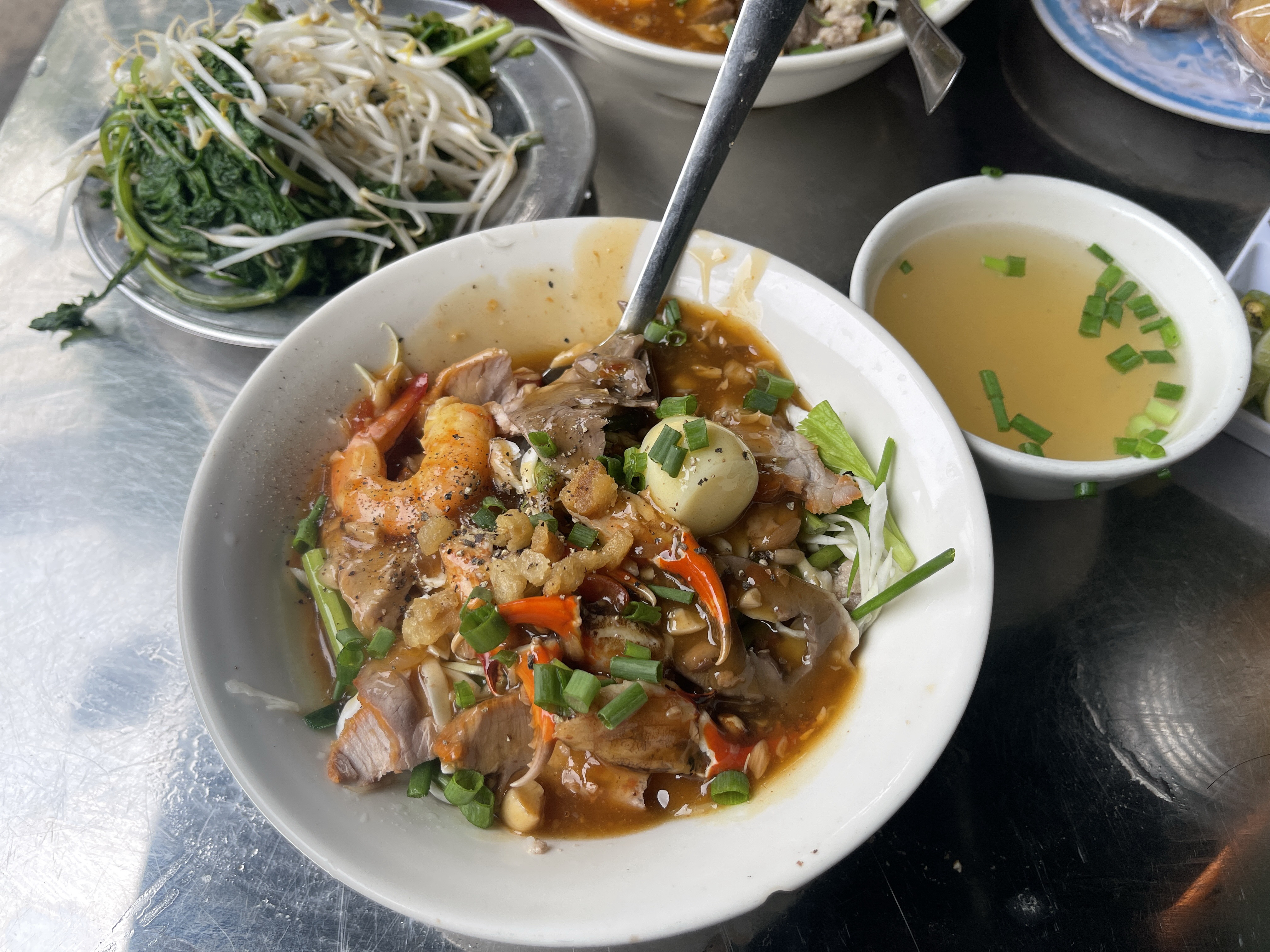
|
| A bowl of hủ tiếu noodles is served at a stall in District 1, Ho Chi Minh City. Photo: Dong Nguyen / Tuoi Tre News |
Similarly, Kavi Roshan notes that the cost of meals heavily depends on the dining location. Touristy places are usually more expensive compared to where locals eat. Roshan adds, “In my experience in Saigon, Ben Thanh Market is cheaper than other places I’ve eaten. However, being at the market all the time isn’t practical when you’re traveling.”
“When I was in Saigon, I spent more than £15 a day on food,” Roshan further mentioned.
Col Briskey advises that the best way to discover the tastiest Vietnamese food is to follow the locals’ choices.
“The best traditional Vietnamese foods can be found where the Vietnamese themselves choose to eat,” Briskey explains.
“I love Vietnamese food. I feel lucky to live in this incredible country,” Briskey adds.
“I completely agree. Whenever we’re in Vietnam, we always go where the locals go, and it never disappoints. Vietnamese food is my favorite, especially the street food,” Edwina Every confirms.
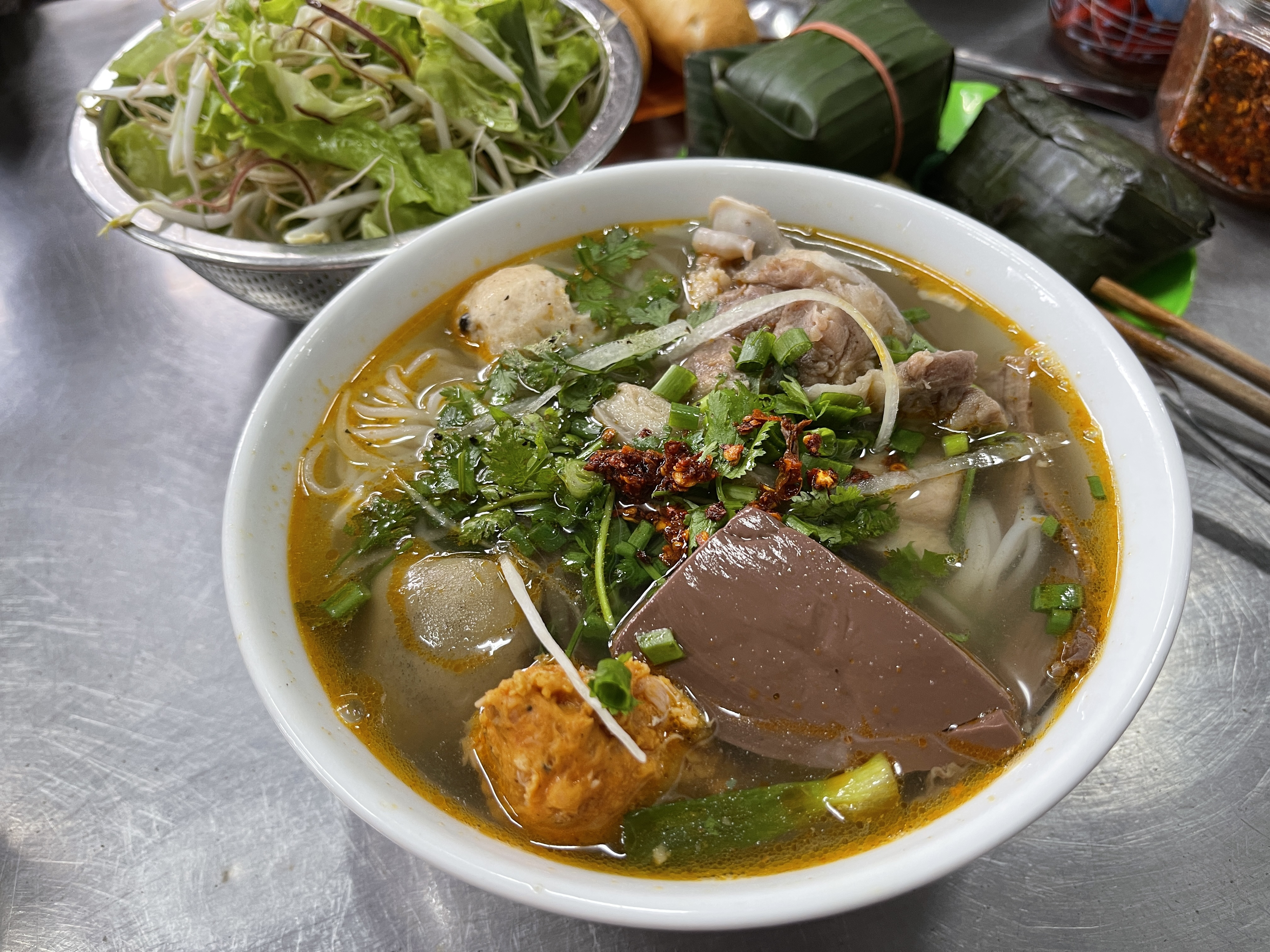
|
| A bowl of bún bò (spicy beef noodles) is served at a shop in the central city of Hue. Photo: Dong Nguyen / Tuoi Tre News |
However, not everyone has positive reviews of Vietnamese food.
“The belief that Vietnamese street food is ‘always delicious’ is one of the biggest myths. Most of the time, it’s just okay, and occasionally, it can be pretty good. However, out of the ten worst meals in my life, four or five were in Vietnam,” Sven Mueller comments.
“In the smaller cities, I found it frustrating that the bowls of noodles often had small pieces of meat attached to equally small pieces of bone,” Ross Symonds adds.
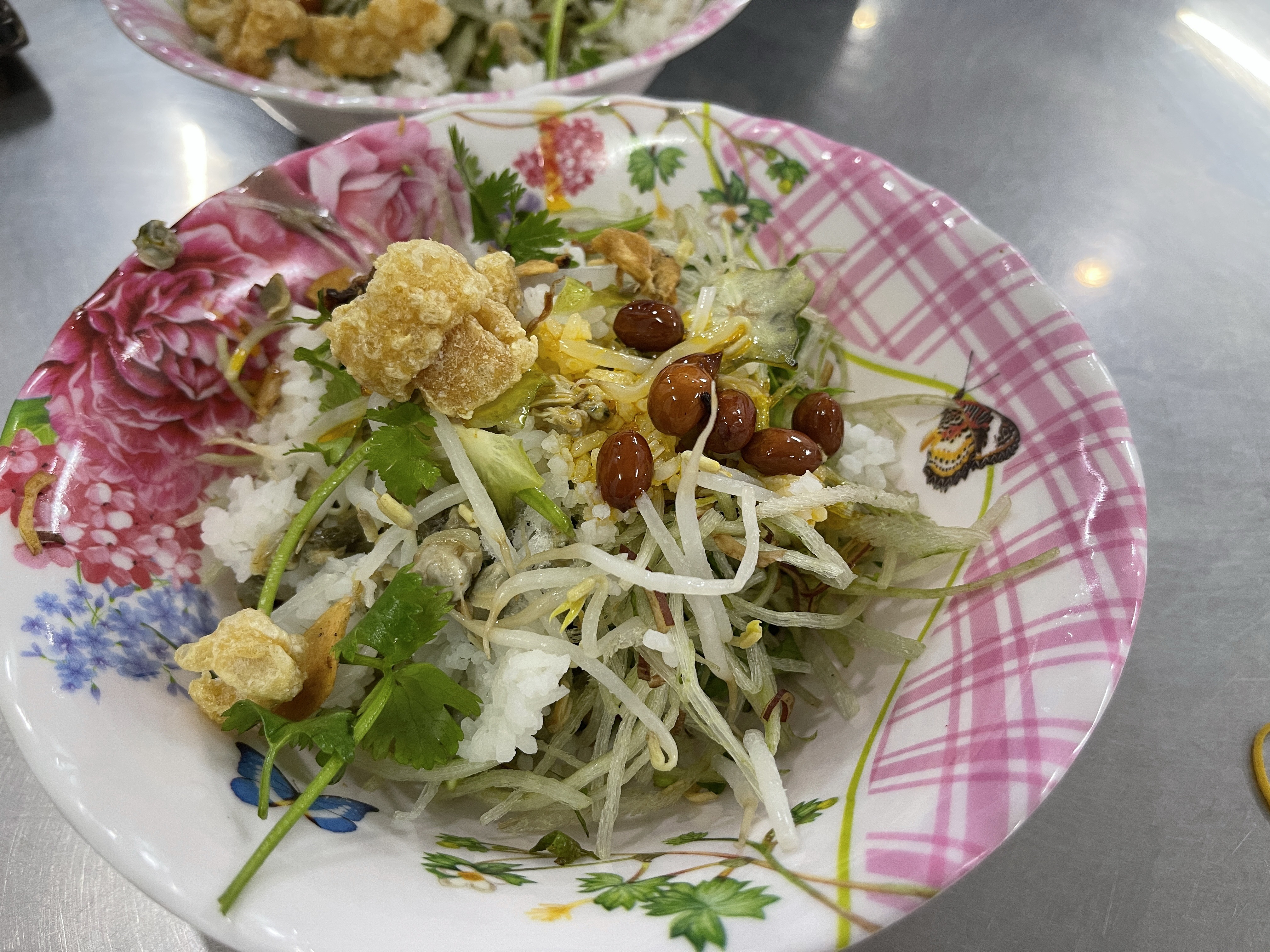
|
| A bowl of cơm hến (rice topped with baby mussels) is served at a stall in the central city of Hue. Photo: Dong Nguyen / Tuoi Tre News |
“To be honest, I don’t find Vietnamese food as appealing as other Asian cuisines,” Jacobs Wilson shares.
“Thai food is also great, but it can be difficult to eat it every day. Vietnamese food may not be the most flavorful, but I could eat it every day. Whenever I’m away for four to five weeks, I miss it. That’s the beauty of Vietnamese food,” says Tung Chan Nhan.
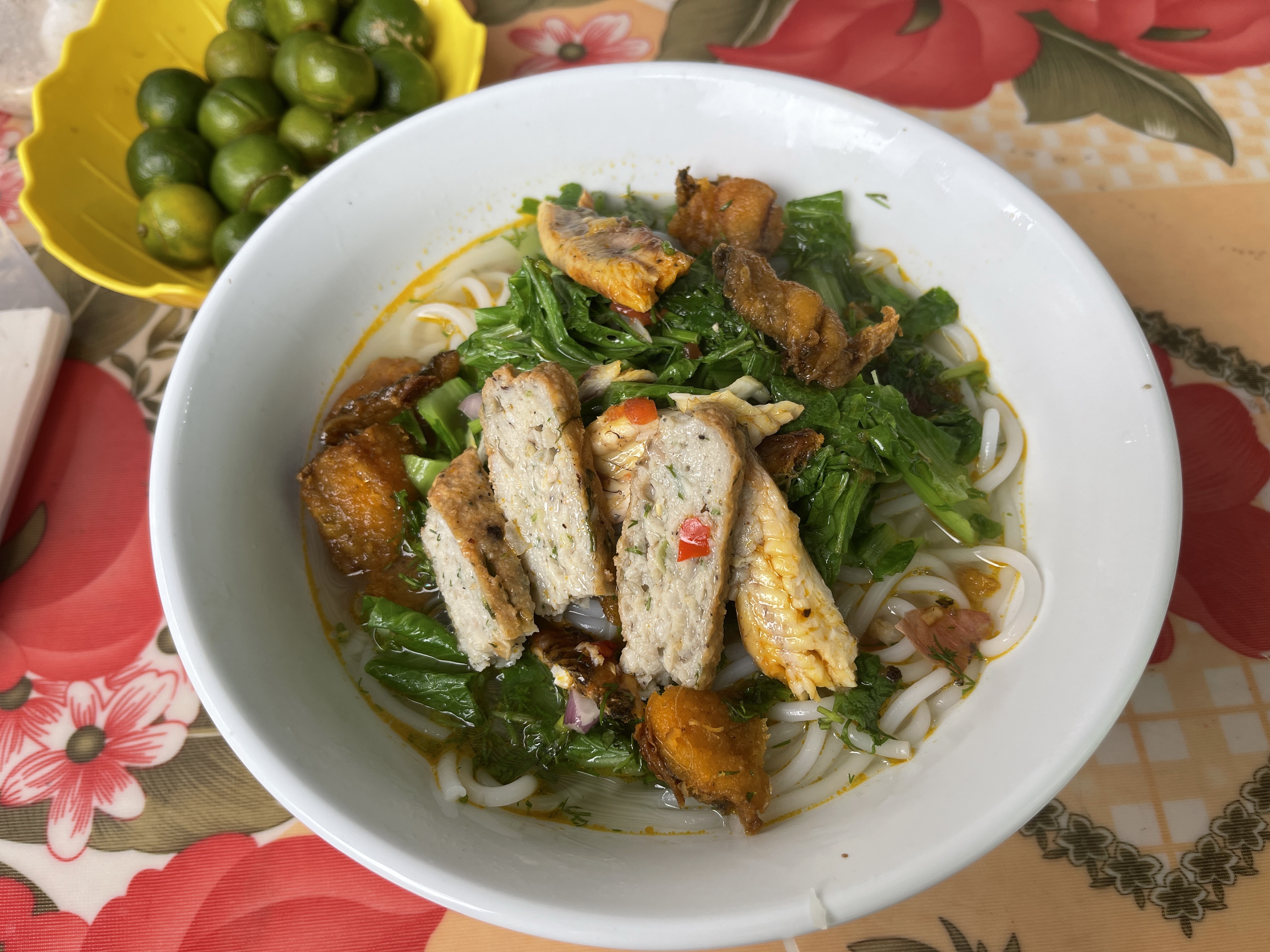
|
| A bowl of bún cá (fish noodles) is served at a stall in the northern province of Nam Dinh. Photo: Dong Nguyen / Tuoi Tre News |
“Vietnamese food can be bland, and let’s not even discuss the hygiene,” Lucas Lenoir comments.
“However, last Friday, I had the chance to experience traditional Vietnamese food and culture in Binh Thanh District, and the food was delicious with a wide variety of choices,” Lenoir adds.
Street food challenge in Vietnam with just US$5
A meager amount of just US$5 is enough for a foreign couple to enjoy plentiful and delicious street food in Vietnam.

